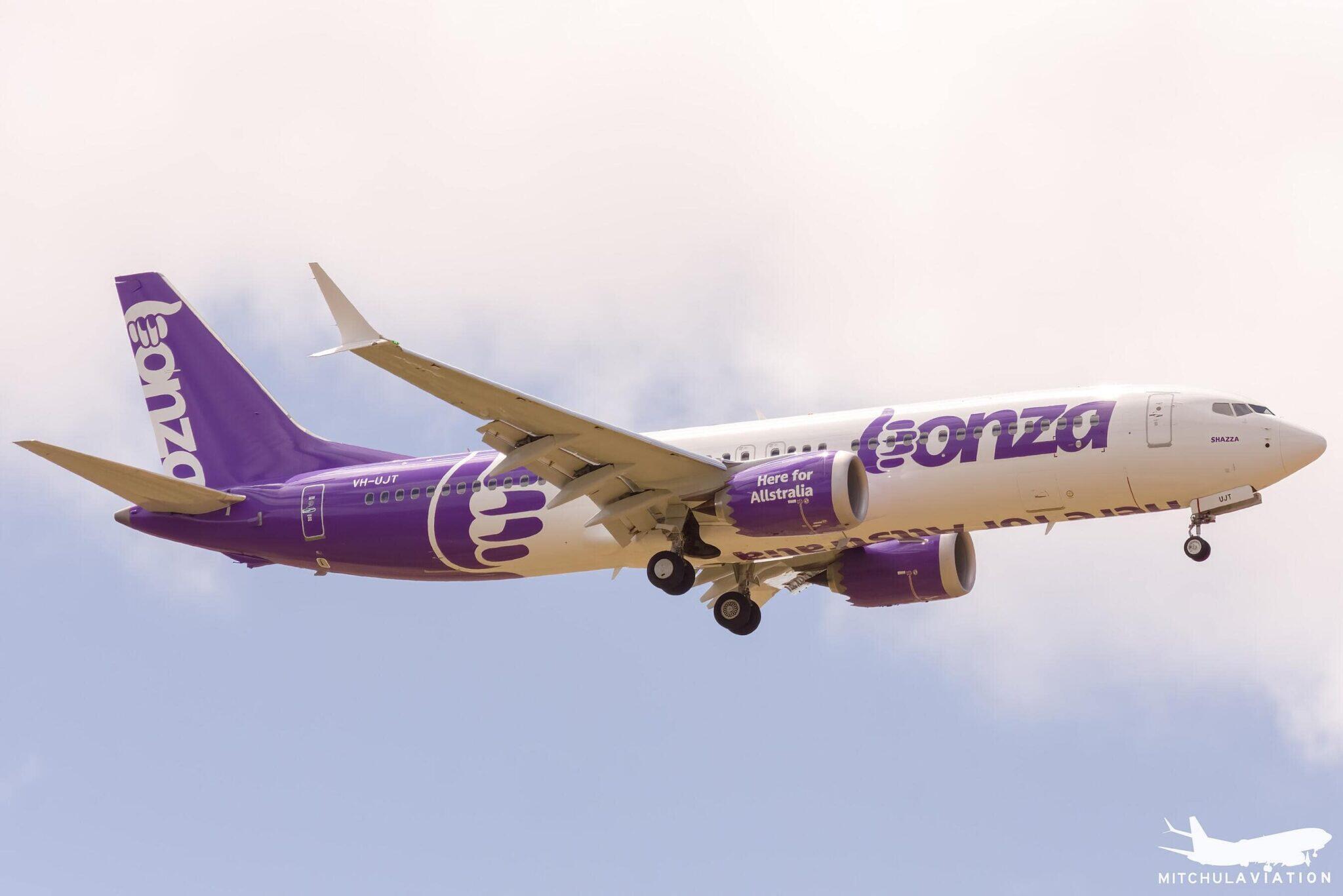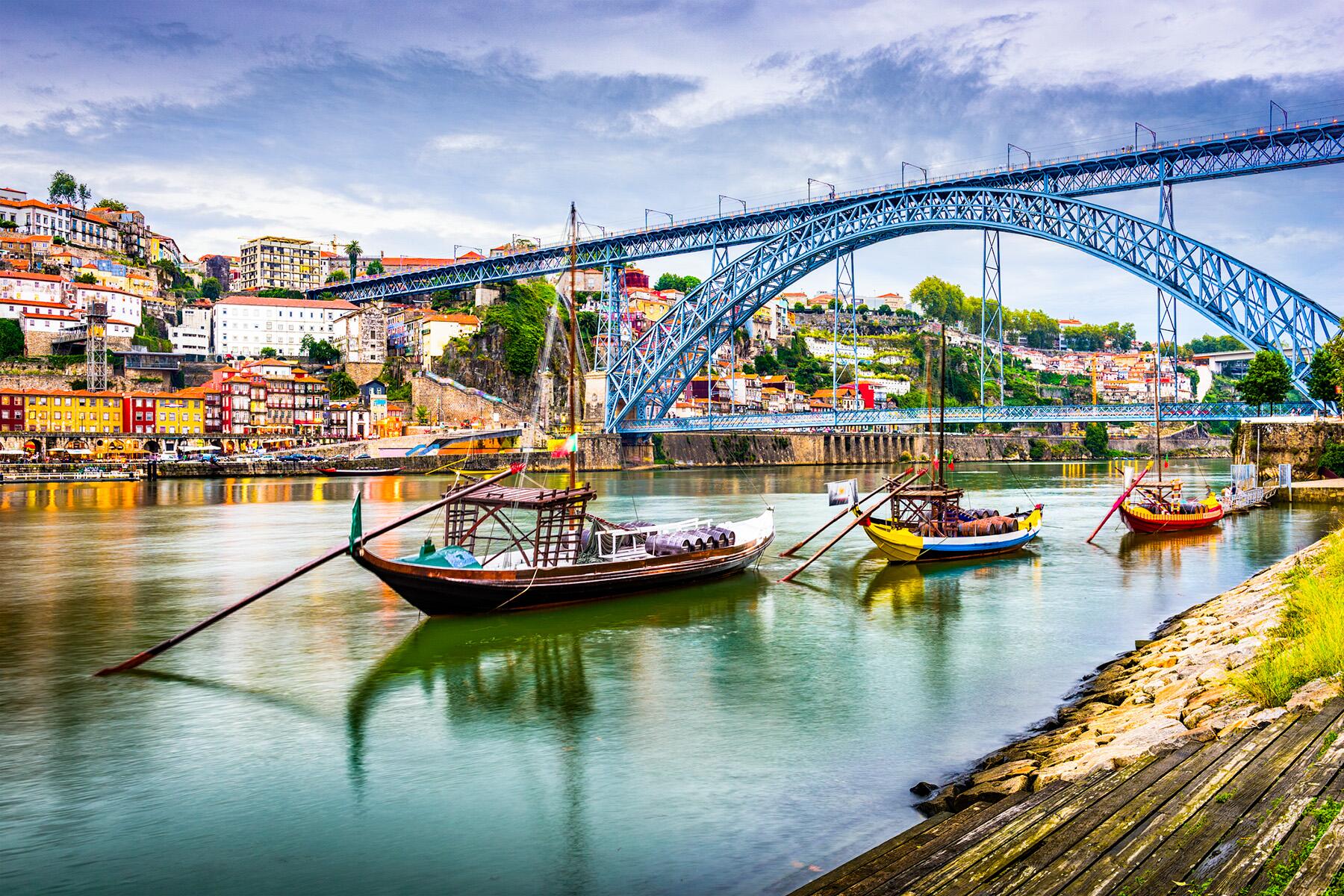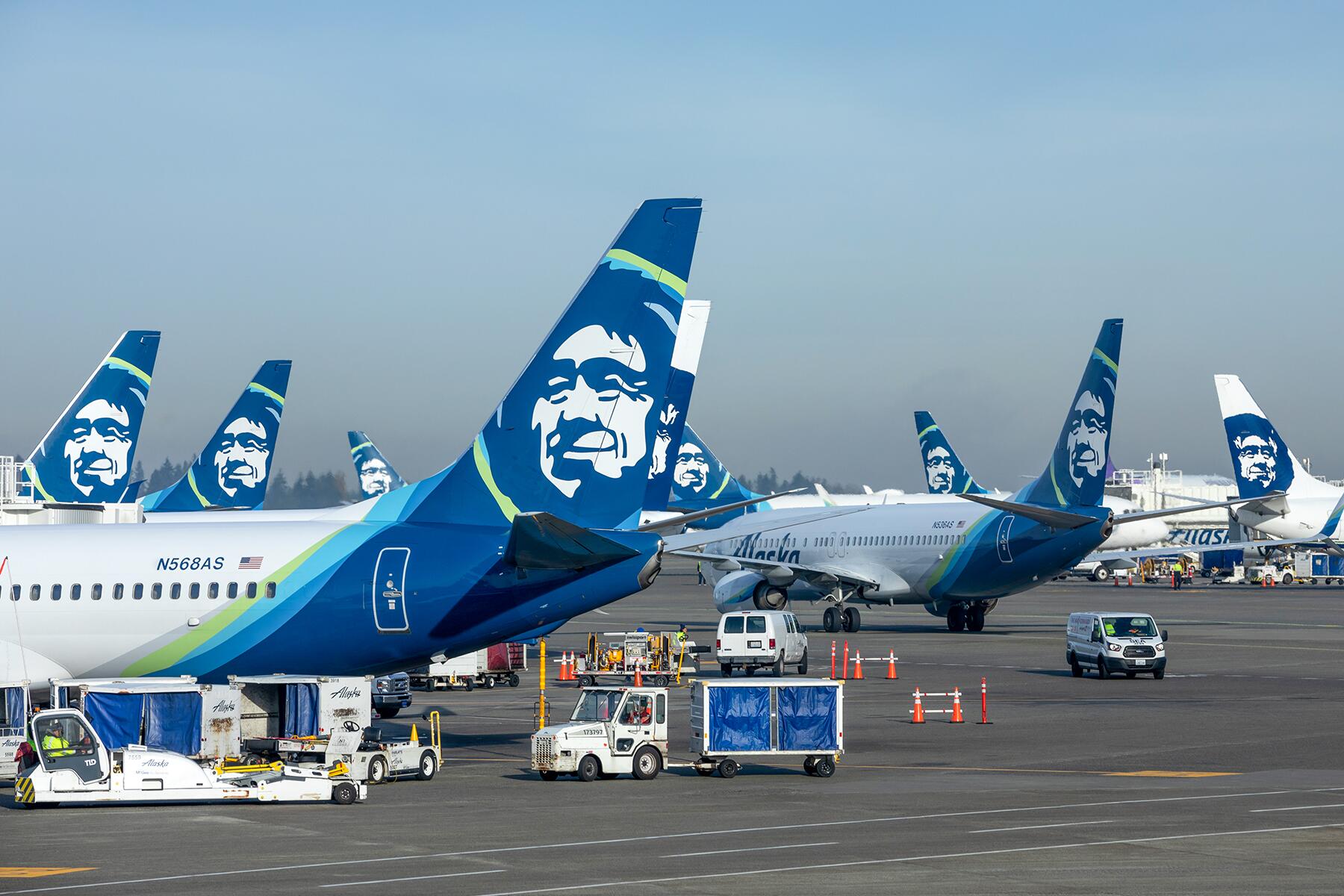The news comes as the Department of Justice has sued to halt the merger of JetBlue and Spirit over concerns that it will negatively impact travelers.
Alaska Airlines has announced plans to acquire Hawaiian Airlines for $1.9 billion. The two carriers would combine into a single company, pending regulatory and shareholder approvals. Alaska Airlines—the acquiring carrier—would be the corporate successor, but would continue to operate Hawaiian Airlines as a separate brand, headquartered in Seattle, with a regional headquarters office and strategic hub to be sustained in Honolulu.
The announcement came with the typical slate of benefits meant to woo investors, regulatory bodies, and consumers to get them onboard with the merger. Travelers are said to benefit from larger networks and a combined loyalty program, while investors will benefit from better investment returns as the carriers consolidate operational costs across larger fleets.
The acquisition plan, which is expected to close within the next 12-18 months, would likely draw scrutiny from regulators. In March, the U.S. Department of Justice sued to block a planned merger between JetBlue Airways and Spirit Airlines, saying that combination would eliminate competition and reduce choice for consumers. In that suit the DOJ cited Spirit’s quick growth and disruption of the marketplace for air travel that would effectively be halted by its acquisition by a competitor.
Recommended Fodor’s Video
Alaska and Hawaiian, however, are different carriers compared to Spirit and JetBlue. Founded in 1932 and 1929, respectively, both airlines have reputations for slowly growing into national carriers without losing sight of their roots—yeoman service each provided in their home states—both of which are uniquely dependent on aviation.
Henry Harteveldt, President and Co-Founder of Atmosphere Research Group, a market research agency that specializes in the travel sector, notes the announcement comes as a surprise. “Alaska/Hawaiian is not a combination anyone had on their airline merger bingo cards.” He further explains that U.S. regulators shouldn’t find too much to dislike about the proposed combination. “There is very little route overlap between the two airlines. And, where overlaps do exist, they’re not at slot-controlled airports.”
Airport access and route overlap are two hot-button topics for the U.S. Department of Transportation and DOJ, the two regulatory agencies that must also approve the acquisition plan.
Will Travelers Benefits From the Merger?
A primary consumer benefit being touted in the merger announcement is a solution to a problem that has dogged Hawaiian Airlines for years—a limited network footprint. Although it had expanded to several cities across the continental U.S. and to international destinations across the Pacific, opportunities for connections with other airlines remained limited. If the acquisition is completed, Alaska claims that the number of North American cities available on a nonstop or one-stop basis from the Hawaiian Islands on the carriers’ combined networks would triple.
Brett Snyder, an airline industry analyst, and founder of the travel assistance service Cranky Concierge, agrees. “I love the combination. The networks fit well together, and the two airlines can help solve each other’s problems through the merger. It’s a great match.”
Unique to this situation, however, is the plan to merge the carriers’ operations into a single operating certificate, but operate the brands separately. Harteveldt says that this is an industry first. “I’ll be curious to see how this strategy plays out.”
When Alaska acquired Virgin America in 2016, it absorbed the smaller carrier’s operations and retired the Virgin brand in favor of its own. The European carriers Air France and KLM merged into a single corporate entity in 2004, but continue to operate separately, which limits some efficiencies.
So, what does this all mean for consumers? Until the deal closes, absolutely nothing. The airlines have plans to merge their frequent flier programs and coordinate pricing and schedules, but they can’t do any of that until the merger process completes, and that’s an arduous set of tasks involving everything from operational and safety approvals to negotiating with unions on how to combine seniority lists.
For now, the two company’s boards have each approved the acquisition. Hawaiian’s shareholders must next vote on whether to sell before an integration plan can be worked out.
Both carriers have a storied history, and each are among the largest employers in their namesake states. Another striking similarity—both airlines are the only U.S. carriers to depict human faces on the exteriors of their aircraft. A smiling Native Alaskan man has graced the tails of Alaska Airlines jets since the early 1970s, while the stately Pualani, a flower-adorned Hawaiian woman modeled on a former Miss Hawaii winner, has been Hawaiians visual brand ambassador for nearly as long.
Alaska has grown over the years through a series of mergers and acquisitions, including Horizon Air in 1986, JetAmerica in 1987, and Virgin America in 2016. Hawaiian has grown more organically, and operated solely within the state of Hawai‘i until 1984. Unlike Alaska, it also reorganized under bankruptcies in 1993 and 2003.
After the acquisition, Alaska would maintain its position as the nation’s fifth largest airline by market share.



